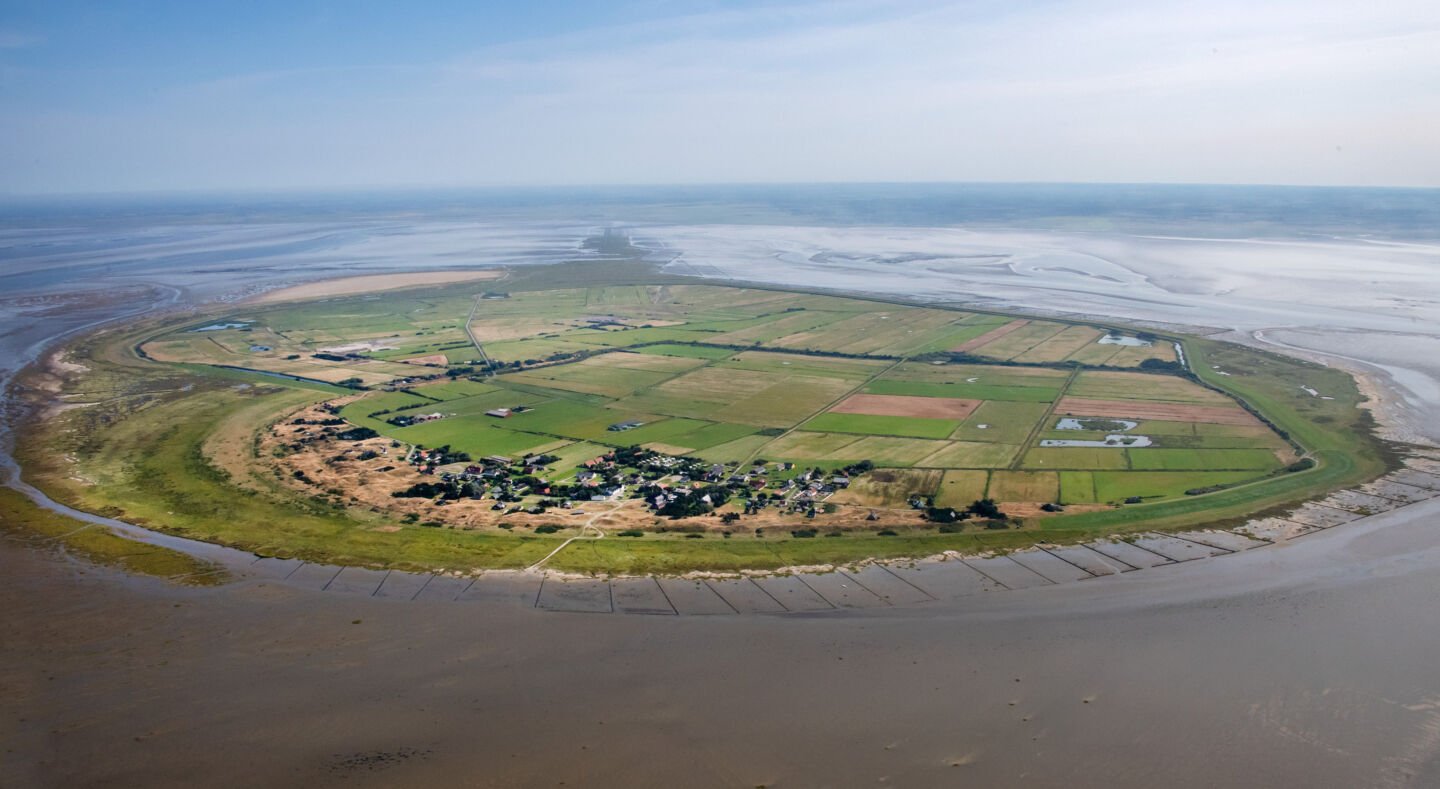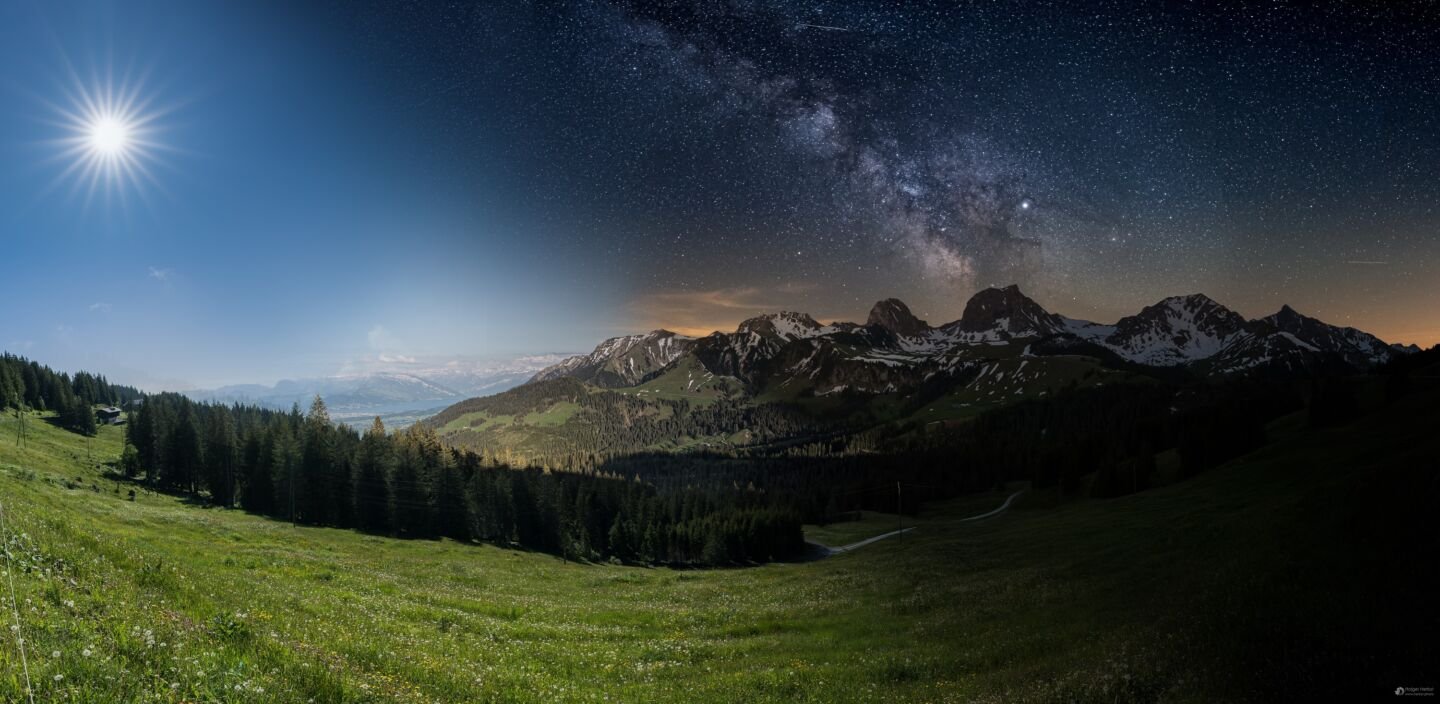
Speakers for Under One Sky 2022
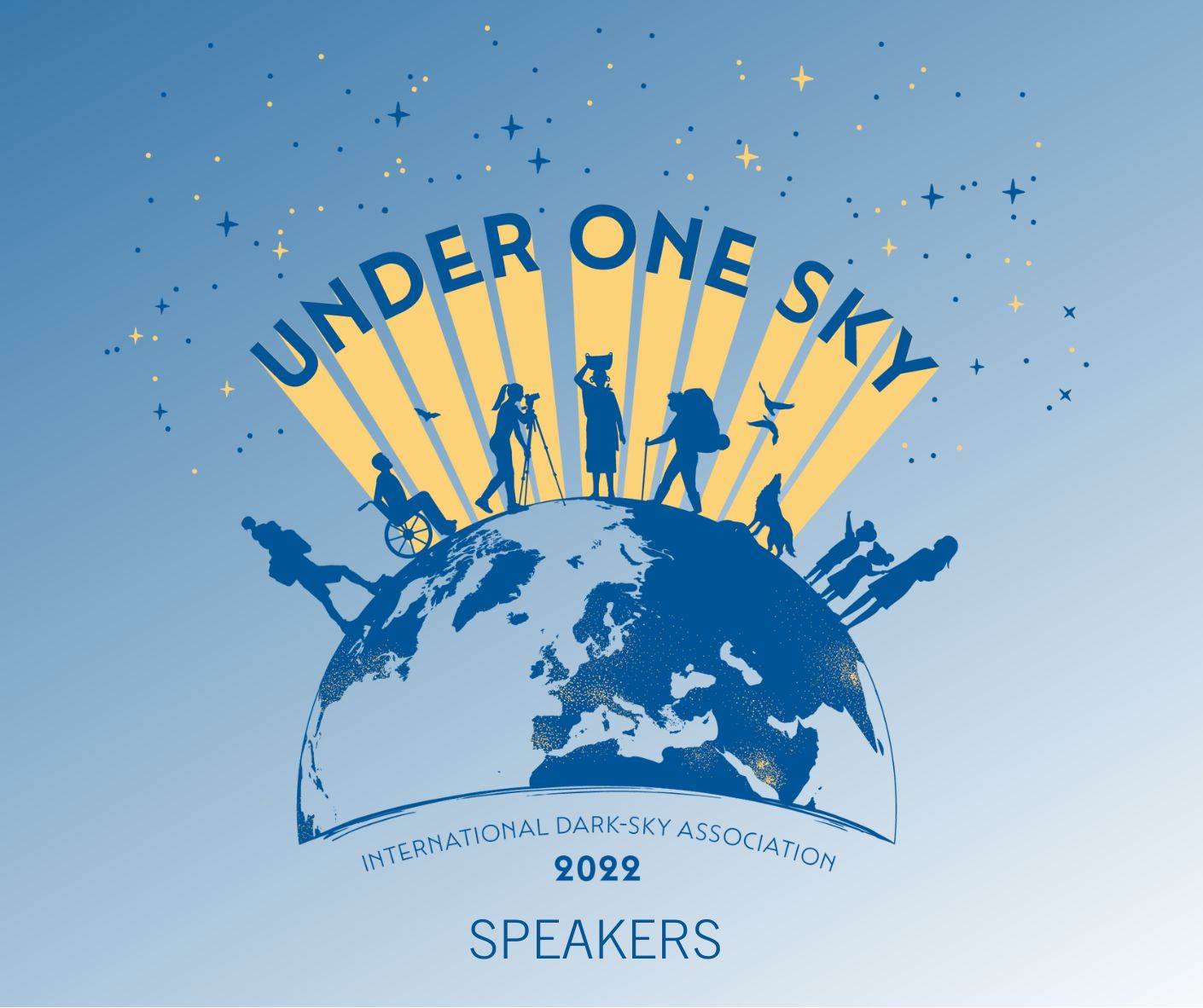
We are thrilled to announce more of the Under One Sky 2022 speakers! These incredible storytellers and experts will present during the regional sessions (broken down by timezone) of the virtual conference taking place on November 11-12. Meet them below!
E and SE Asia, Australia, and New Zealand
Saturday, November 12
7:00 PM PST (November 11), 10:00 PM EST (November 11), 3:00 AM GMT/UTC, 2:00 PM AEDT
Wiwat Changtrakul
Thailand
How Thailand Got Their First National Dark Sky Sites
In 2016, after getting lost in a National Park, Wiwat arrived at a destination in pitch darkness and was greeted by armed rangers. But that location and timing presented something he had never seen before, 360 degrees of darkness. Wiwat had just stumbled upon a potential dark sky site.
At that time, he was not a stargazer and didn’t know anyone who knew astrophotography – so how was he to convince anyone it be a certified and protected dark sky site? Wiwat’s first goal was to learn (from YouTube, among other things) and snap a shot of the Milky Way there—it took him one full year to succeed. Then, Wiwat emailed the National Astronomy Research Institute of Thailand (NARIT) and asked them to consider the National Park a dark sky National Park, and within just half an hour, they called him, asked for his address, and sent a Sky Quality Meter (SQM) to get the data they needed. The 10 readings he measured over the next 10 months were all acceptably dark.
In 2018, while waiting for NARIT to proceed with its dark sky program, Wiwat started his own social media page to raise awareness about light pollution and the conservation of dark skies.
In 2022, NARIT and the tourism board certified the first 12 national dark sky areas, including National Parks, private properties, and communities. Wiwat’s province won 3 of these first 12 sites, but there is so much more to do to conserve dark skies.
About Wiwat
Wiwat Changtraku is an independent translator and ex-journalist based in Chaiyaphum province, Thailand, with practically no training in astronomy or night photography. A chance discovery of a dark sky place in his province in 2016 led me to take action to protect dark skies, which coincided with a government astronomy organization’s initiative to do the same at the national level. Since 2018, Wiwat began advocating for dark skies by building an online community, and by 2022 the first 12 national dark sky places were recognized, including 3 in his province.
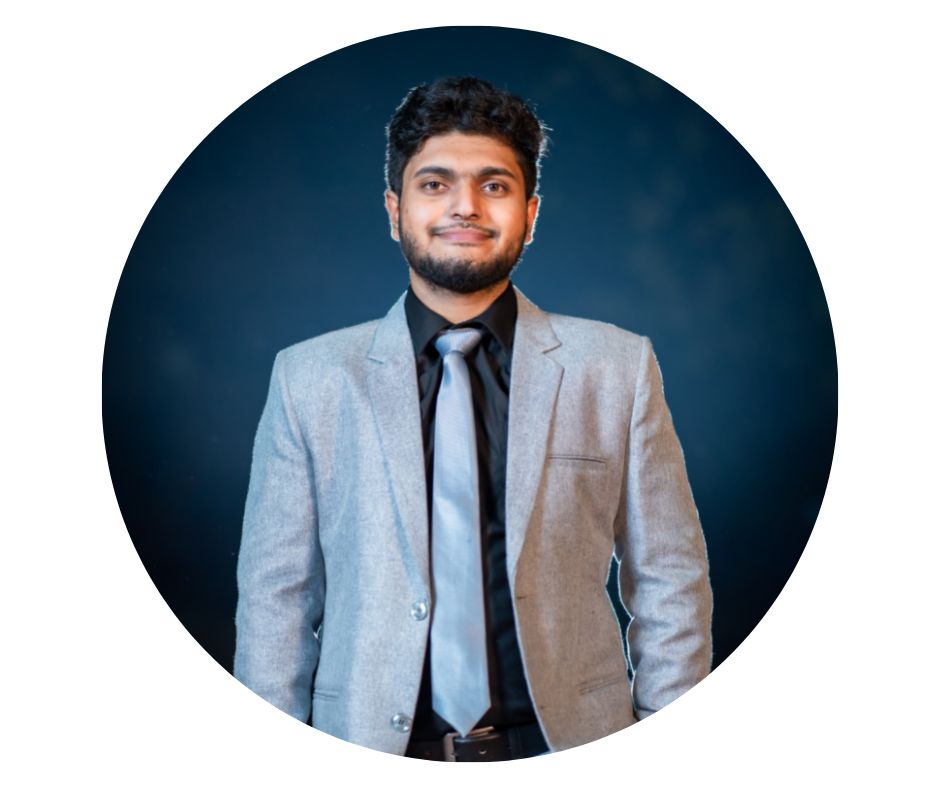 Rubaiat Rehman Khan
Rubaiat Rehman Khan
Bangladesh
How Light Pollution is Not a Pollution in Bangladesh
As an amateur astronomer and astrophotographer, Rubaiat feels a sense of belonging to the night sky. Using dark hours during the pandemic nights, only with a selfie stick and a smartphone, he managed to photograph most of the northern constellations, the Milky Way, and even the Andromeda Galaxy living in a Bortle class 5 area. In spite of being used to every kind of pollution in the city, locals wonder how light can be pollution. “Light What?” was the general reaction after requesting Dhaka people to dim their rooftop lights. Even worse, they consider what bad intentions he might have, such as theft. For them to care for the night sky, Rubaiat needed to be heard.
His presentation will focus on how light pollution in South Asian cities is too unpopular even to address. He will discuss how initiators will convince people against the unnecessary use of lights. Attendees will hear stories of his club’s journey in the last two years, their efforts, obstacles faced for dark sky advocacy in different cities of Bangladesh, and tips for approaching the local government of South Asian countries. Also, he is going to discuss an unconventional idea to establish dark sky parks in hilly areas of Bangladesh. Including his amateur astrophotography experiences and insights on how not to be disturbed by clouds and light pollution in a crowded tropical city, participants will get an unfamiliar aspect of light pollution in this part of the world.
About Rubiat
Rubaiat is an amateur astronomer and astrophotographer having a daily habit of waving “hi” to the moon and the planets! He is the founding president of his university astronomy club IUT Al-Fazari Interstellar Society, an organization dedicated to nurturing brilliant minds and spreading basic space science knowledge. As a passionate learner, he is engaged in sparking his passion in other likely minds. Being fond of darkness, he loves to show his peers the starry sky and twinkling stars only by turning down the light and urging them to look up to wonder.
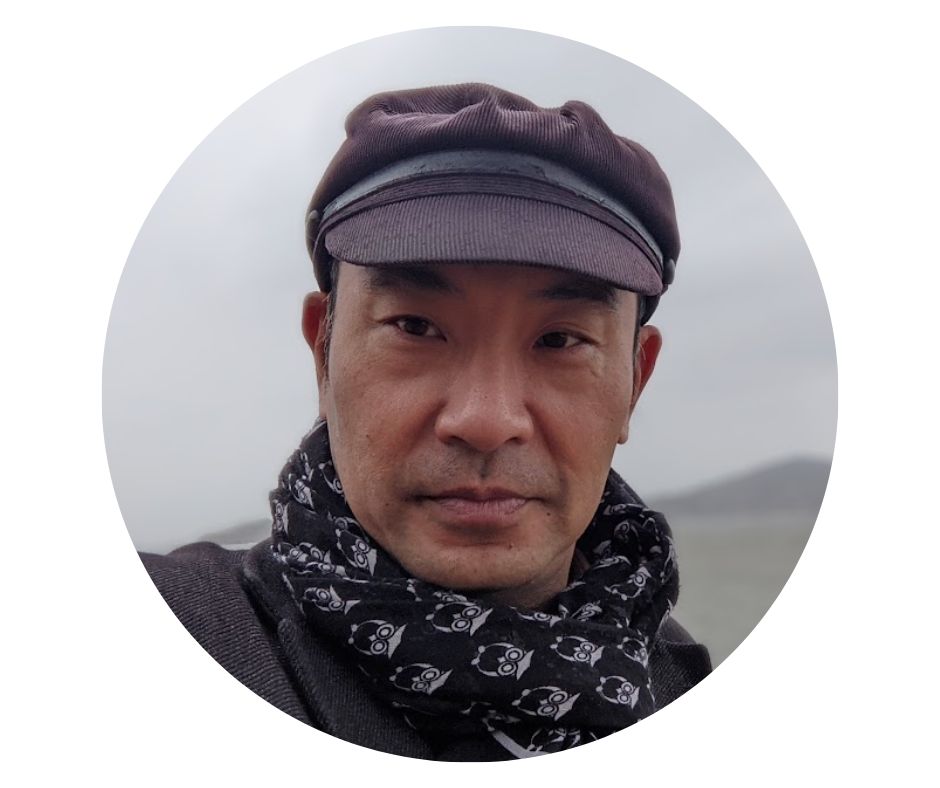 Axiou Lin
Axiou Lin
Taiwan
The Archipelago Sieged by Light Pollution and Dark Sky as a Strategy: The Matsu Story
Europe, Middle East, Africa, India
Saturday, November 12
2:00 AM PST, 5:00 AM EST, 10:00 AM GMT/UTC, 9:00 PM AEDT
 Biraj Nainabasti
Biraj Nainabasti
Nepal
Involving our Youth in Fighting for Darker Skies
About Biraj
 Myriam Patricia Lopez Yanez
Myriam Patricia Lopez Yanez
Saudi Arabia
How Our Dark Sky Initiative Has Become a Source for Design Creativity
Applying Dark Sky Guidelines in big-scale Hospitality Development Projects has proven to be very challenging and, at the same time, rewarding at The Red Sea Development Company. Our guests’ and operators’ lighting expectations and requirements must be constantly balanced with those of our wildlife. This can only be done with a strategic approach to lighting that considers the pragmatic and functional side, with the environmental effects on sensitive species, and of course, the aesthetics and design. Our courageous team of international lighting consultants, led by our development team, have all signed up to participate in this Initiative and is facing every day the need for innovation, uncertainty, and deviation from standards. We have seen truly unconventional lighting concepts and responses to the Dark Sky guidelines, which we have now stopped seeing as limiting, but valuing as a true source of design creativity. I would like to share our lessons learned, as well as the inspiring results of our design work, which I hope can move other developments to join the cause.
About Myriam
Myriam Patricia Lopez Yanez was born in Ecuador and is currently living in the Kingdom of Saudi Arabia. She holds a graduate degree in Architecture from Ecuador, a Master’s Degree in Architectural Lighting Design from Germany, and has completed her postgraduate studies becoming a Harvard Business School Alumni in 2022. She has practiced lighting design in Europe and the Middle East for over 17 years. Patricia started her career in Ecuador working as an Architect for the United Nations World Food Program. She later worked as a Lighting Designer in the UAE and then as the Lighting Design Director at Emaar & Eagle Hills Developers. She now holds the position of Lighting Design Director at the PIF’s The Red Sea Development Company and Amaala in KSA. Throughout her career, she has designed and worked on Masterplanning, Commercial, Hospitality, Retail, and Residencial Projects such as the Bvlgari Hotel Dubai, Four Seasons Hotel Abu Dhabi, Gold on 27 Burj Al Arab, The Dubai Mall, The Dubai Opera District, Dubai Creek Harbour and Dubai Hills Masterplans among others. Currently, she is leading the work of several international lighting design firms. She is striving to align the lighting design discipline with the company’s vision in terms of Sustainability, Environmental Awareness, and Regenerative Tourism by leading the Red Sea Dark Sky Initiative and Design Guidelines.
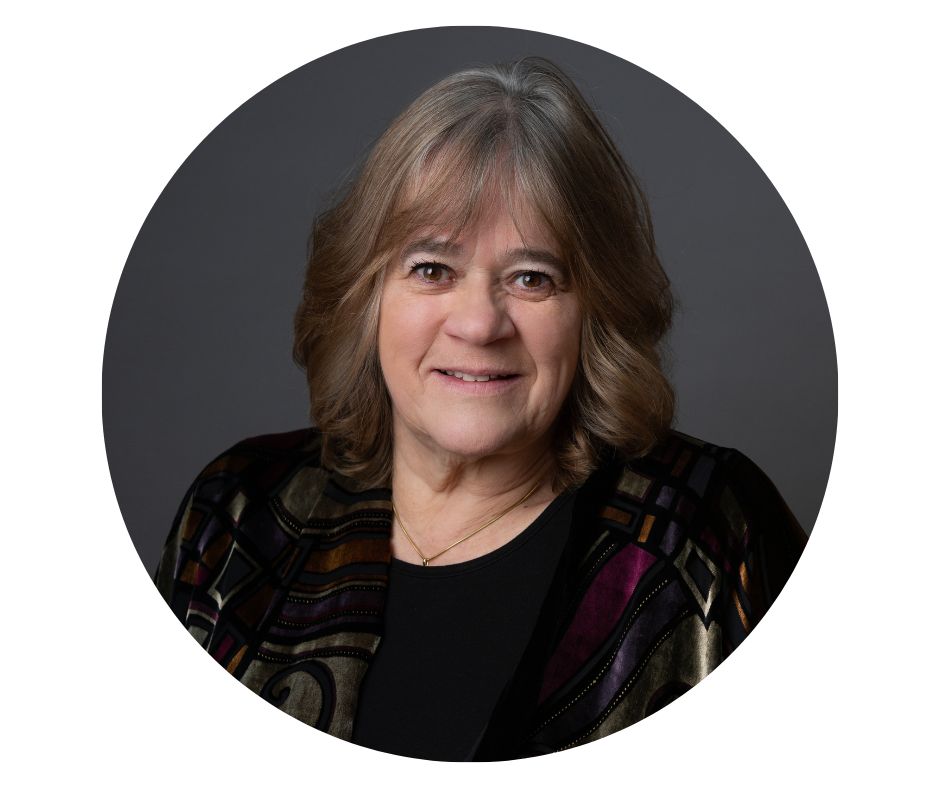 Valerie Shrimplin
Valerie Shrimplin
U.K.
Dark Skies and Light Pollution: An Art-Historical Approach
The spectacle of vast numbers of stars is becoming increasingly obscured from view by increasing light pollution in the ‘civilized’ world. From ancient times to the present day, the sight and contemplation of stars, planets, and galaxies have inspired religions, philosophies, myths, and stories, and consideration of visual images of the sky over time provides a basis for protecting the dark sky.
About Valerie
Valerie Shrimplin is Senior Research Associate at Gresham College London, having studied at the Universities of Bristol, Manchester, and the Witwatersrand (Johannesburg). She was awarded her Ph.D. for her research entitled Sun Symbolism and Cosmology in Michelangelo’s Last Judgment on the influence of Copernican heliocentricity on Michelangelo’s frescoes in the Sistine Chapel (published as a monograph in 2000). She has lectured and published widely on the influence of astronomy and cosmology on art and architecture, particularly during the Byzantine, medieval, and Renaissance periods. She is currently the Chair of the series of Conferences on the Inspiration of Astronomical Phenomena (www.insap.org).
North, Central, and South America
Saturday, November 12
9:00 AM PST, 12:00 PM EST, 5:00 PM GMT/UTC, 4:00 AM AEDT (November 13)
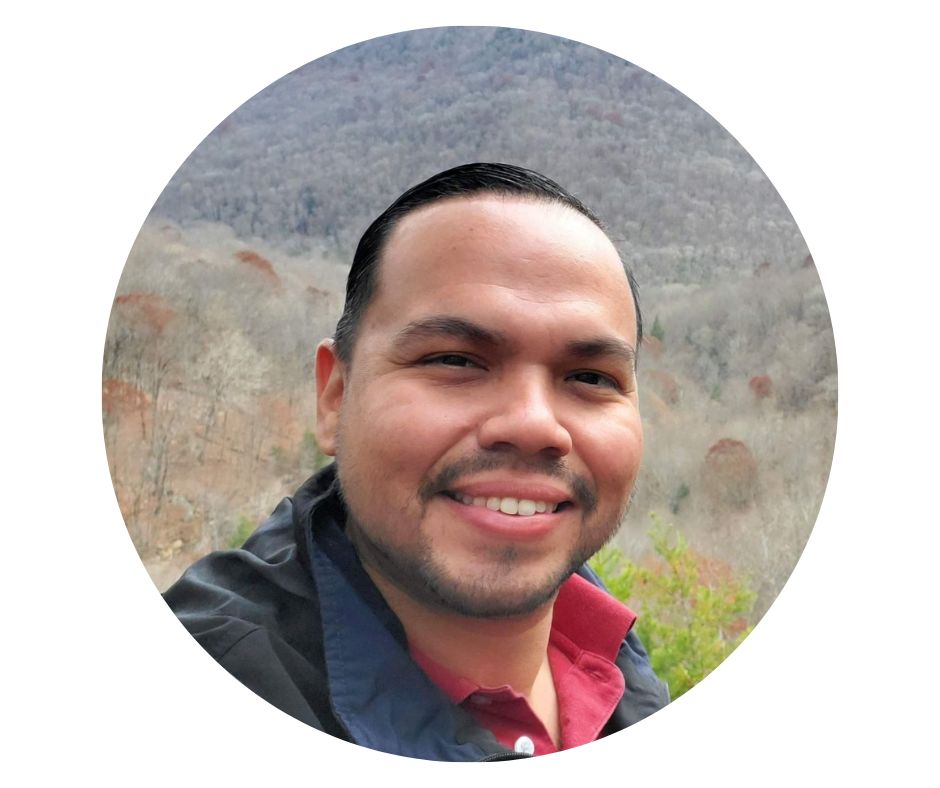 Jairo Vrolijk
Jairo Vrolijk
Aruba
Light Pollution, why so mysterious? (Quantifying the unknown on the ABC-islands)
Aruba has become a tourist haven in recent years, with an estimated 2 million people visiting this destination yearly. About 50% of those tourists travel from large cities where light pollution is significant. Gazing into the night sky here in Aruba, they are amazed and in awe. Unfortunately, light pollution is still unknown within our community, and the value it can present is still not prioritized. The presentation briefly illustrates some steps we, as advocates, have taken while gauging the knowledge about the topic within our community.
About Jairo
Jairo Vrolijk is an electrical engineer, an avid astrophotographer, and as of 2018, the co-founder and current president of Space & Nature Aruba Foundation, an astronomy and general science organization on the island of Aruba.
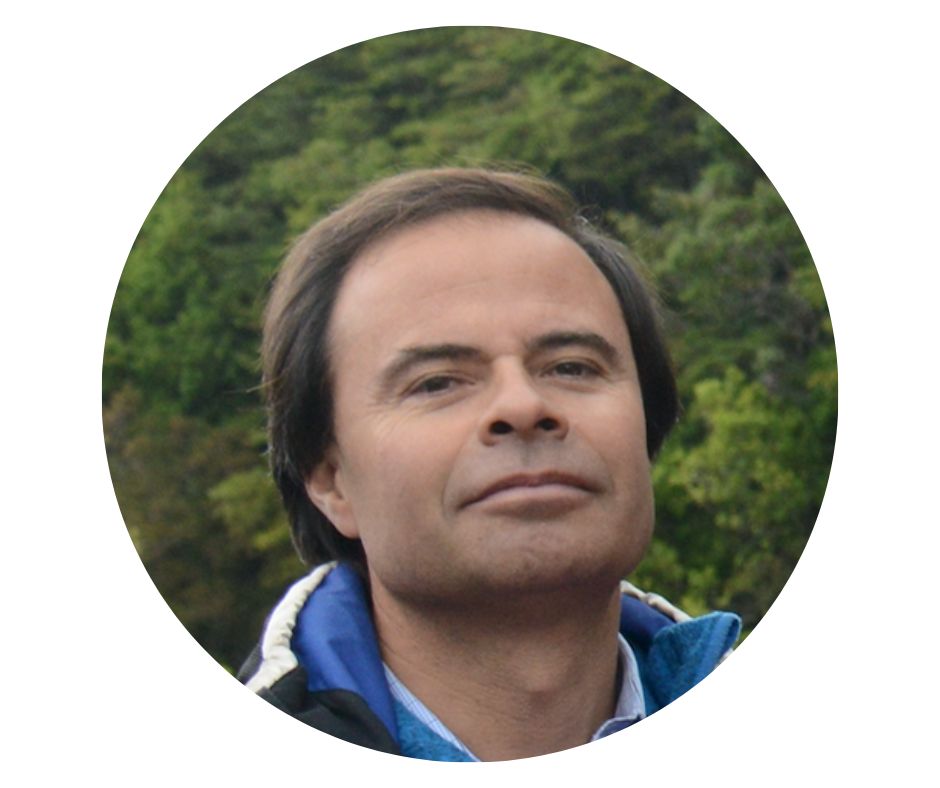 Pedro Sanhueza
Pedro Sanhueza
Chile
Toward a National Light Pollution Norm for Chile
The new norm for protecting the night sky will now be national, and its emphasis is shifting toward environmental protection. The main restrictions will be fully shielded fixtures of outdoor street lighting, industries, road lighting, billboards, and sports facilities. The spectral radiance allowed for public lighting, roads, and industries is modified, going from a warm white (15% of blue light, according to DS043/2012) to amber-type lighting, which means only 1% of blue light (in the 380-499 nm portion in respect of the visible portion of the electromagnetic spectrum: 380-780 nm). This restriction will be applicable to astronomical zones and National Parks. For the rest of the country, the restriction will be 7% blue light for the same categories of lighting, the so-called ultra-warm white. Industrial lighting will be governed by the European standard UNE-EN 12464-2/2016 “Illumination of workplaces part 2, outdoor workplaces” In amateur sports fields and recreational facilities, a new spectral restriction is added, allowing only warm white lamps (3000 K or 15% of blue light) for Class III (amateur sports fields) following UNE-EN- 12193; Classes I and II (professional sports fields) allowing 5000 K or 20% of blue light, for the whole country. For both categories, the lighting levels will not exceed 20% over the minimum maintained average luminance. A curfew will be applicable.
About Pedro
Pedro is the Director of the OPCC, the Office for the Protection of the Night Sky of Northern Chile, created 22 years ago by the former National Commission for the Environment (currently Ministry of Environment), the AURA observatory, CARSO and ESO. More recently, the GMTO joined this effort. Previously, Pedro was in charge of the creation of the Regional Office of the Environment in the Coquimbo Region. He has a degree in education. Additionally, Pedro has a Master’s degree in social sciences and a diploma in Environment and is currently finishing a career which is called specializing in the visual environment and efficient lighting at the Universidad Nacional de Tucuman, Argentina, together with a Master’s Degree in lighting, in the same university.
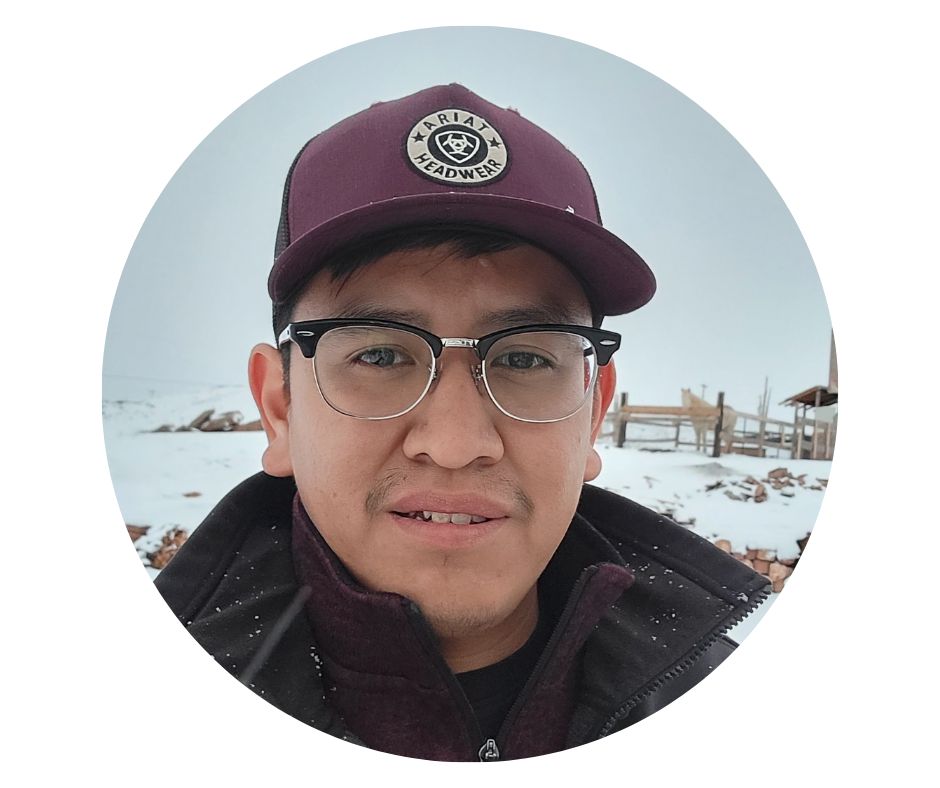 Ravis Henry
Ravis Henry
U.S.
The Night Sky Through Navajo Eyes
About Ravis
Global Close
Saturday, November 12
2:00 PM PST, 5:00 PM EST, 10:00 PM GMT/UTC, 9:00 AM AEDT (November 13)
 Nicole Stott
Nicole Stott
U.S.
In Conversation: Astronaut Nicole Stott and Tim Russ
Nicole will join us for a discussion with Mike Simmons (IDA Board of Directors) and entertainment industry veteran and visual astronomy enthusiast Tim Russ about what her transformative view of our home planet from space taught her about Earth and our mission to protect it.
About Nicole
Nicole Stott is an astronaut, aquanaut, artist, mom, and author of Back to Earth What Life In Space Taught Me About Our Home Planet – And Our Mission To Protect It. She creatively combines the awe and wonder of her spaceflight experience with her artwork to inspire everyone’s appreciation of our role as crewmates here on Spaceship Earth.
Nicole is a veteran NASA Astronaut with two spaceflights and 104 days living and working in space as a crewmember on both the International Space Station and the Space Shuttle. Personal highlights of her time in space include performing a spacewalk (10th woman to do so), flying the robotic arm to capture the first Japanese cargo ship, working with her international crew in support of the multi-disciplinary science onboard the orbiting laboratory, painting a watercolor in space (now on display at the Smithsonian Air and Space Museum), and of course the life-changing view of our home planet.
Nicole is also a NASA Aquanaut. In preparation for spaceflight, she was a crewmember on an 18-day saturation dive mission at the Aquarius undersea laboratory.
Nicole believes that the international model of peaceful and successful cooperation we have
experienced in the extreme environments of space and sea holds the key to the same kind of peaceful and successful cooperation for all of humanity here on Earth.
On her post-NASA mission, she is a co-founder of the Space for Art Foundation — uniting a planetary community of children through the awe and wonder of space exploration and the healing power of art.
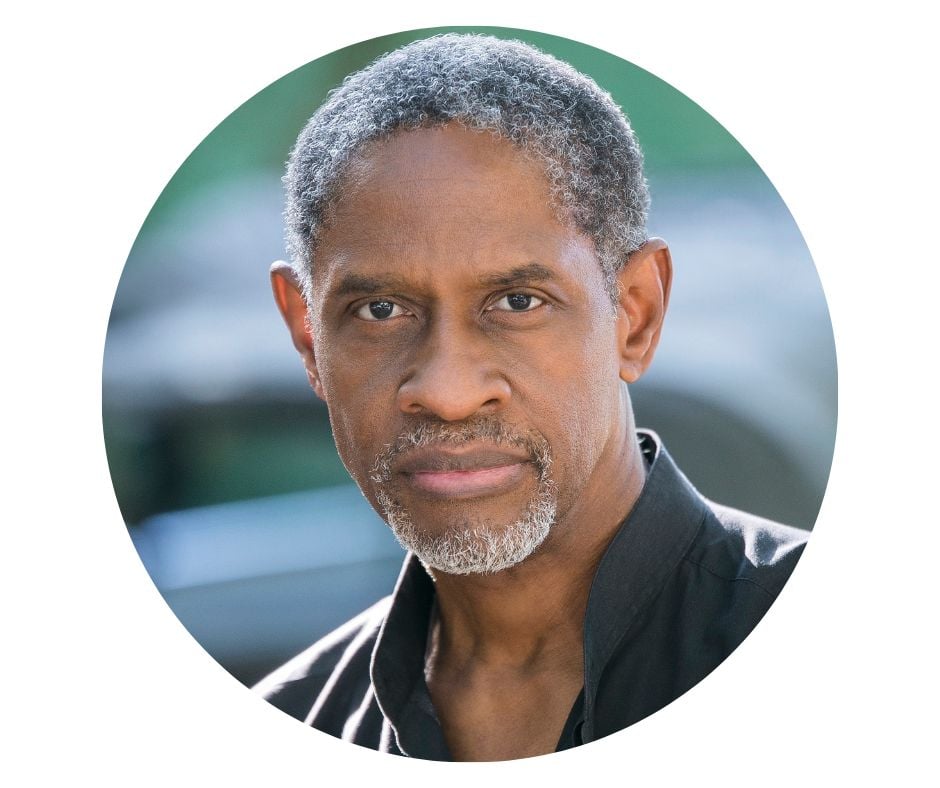 Tim Russ
Tim Russ
U.S.
In Conversation: Astronaut Nicole Stott and Tim Russ
Tim will join our Global Close conversation with Nicole Stott and Mike Simmons (IDA Board of Directors), offering the unique perspective of someone who has represented humanity’s exploration of space in science fiction and through telescopes and deals with the reality of light pollution.
About Tim
Tim Russ has been working within the entertainment industry for over thirty-five years. His talents encompass a wide spectrum of the performing arts, including composing, music (guitar & vocals), acting, writing, directing, voice-over, and producing. Mr. Russ received his B.S. in Theater at St. Edward’s University in Austin, TX, and completed one year of post-graduate work in theater at Illinois State University.
As an actor, Mr. Russ has worked in a cross-section of feature film and television, including “Karma,” “5th Passenger,” “Live Free or Die Hard,” “Spaceballs,” series regular roles on “The Highwayman,” “The People Next Door,” “Star Trek-Voyager,” “Samantha Who,” and “iCarly.” He has also appeared in numerous stage plays, including the original Los Angeles premiere of “Dreamgirls.”
Tim Russ has performed as a musician for over 40 years, playing rhythm, lead, bass guitars, and solo vocals. His musical talents are showcased on several CDs currently distributed through iTunes and CD Baby.
As a writer/producer, Mr. Russ currently shared the helm in the production of the feature “East of Hope Street,” which won “Best Feature Film” and “Best Actress” on the festival circuit. He also received the Sony Innovator’s Award for a commercial he produced entitled “The Zone.”
Mr. Russ has also been active in the TV/Film directing arena with credits including the television series, “Star Trek: Voyager,” and the feature films, “Life on the Rocks,” “Junkie,” “Night at the Silent Movie Theater,” the pilot presentation “Renegades, ” the award-winning web series, “Bloomers,” and a collection of short stories he has written and directed entitled, “Frame of Mind,” Volumes I & II. Mr. Russ has also received an Emmy Award for his directing on several commercials for the FBI.
Mr. Russ has expanded his performing talents to include voice-over. His recent V.O. credits include; Cartoon Network’s “Sym-Bionic Titans,” 6 audiobooks, several video games, and several radio commercials. He has also co-produced a musical children’s book and CD entitled “Bugsters,” which won the National Parenting Award.
Additional resources:
Learn about our keynote speaker here.
Learn about this year’s engagement workshops here.
Register for Under One Sky 2022 here.
Purchase Under One Sky 2022 merchandise here.
Find a full schedule for Under One Sky 2022 here.



















